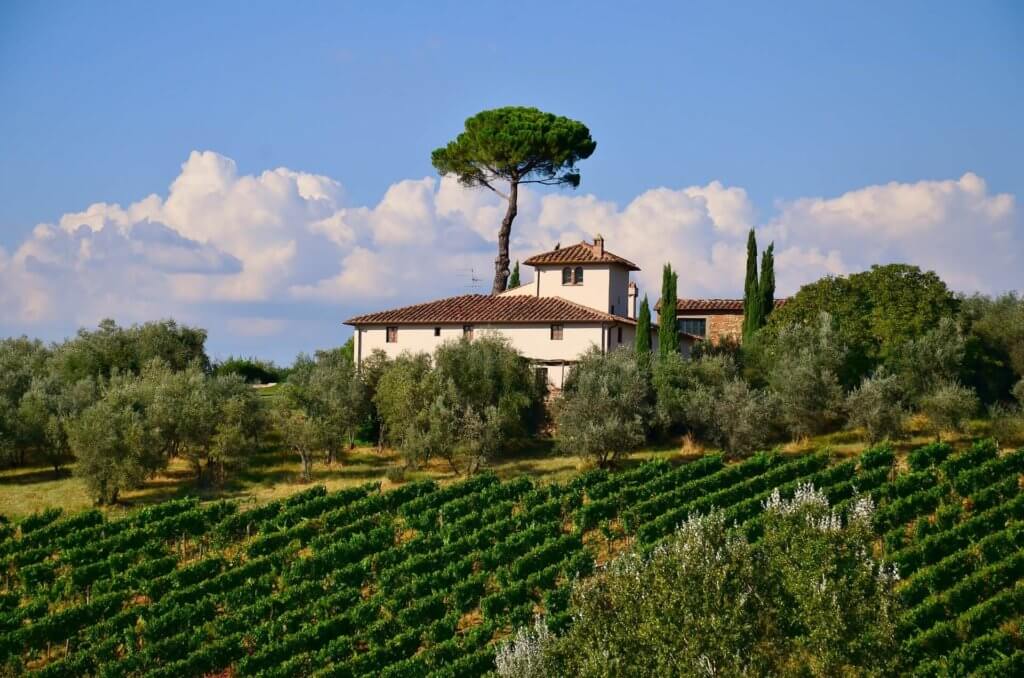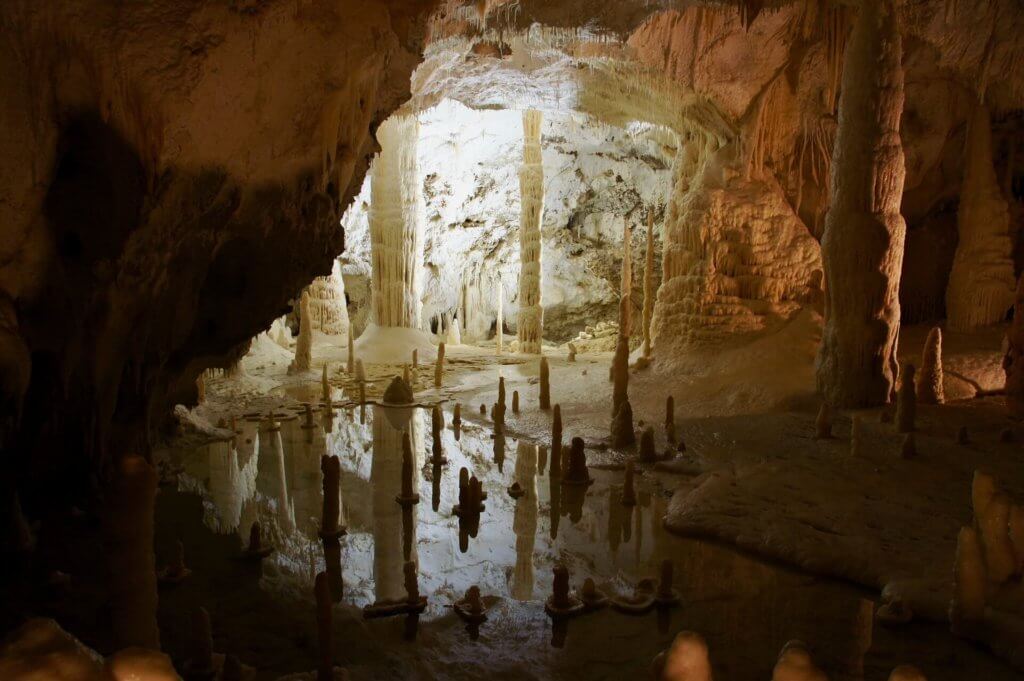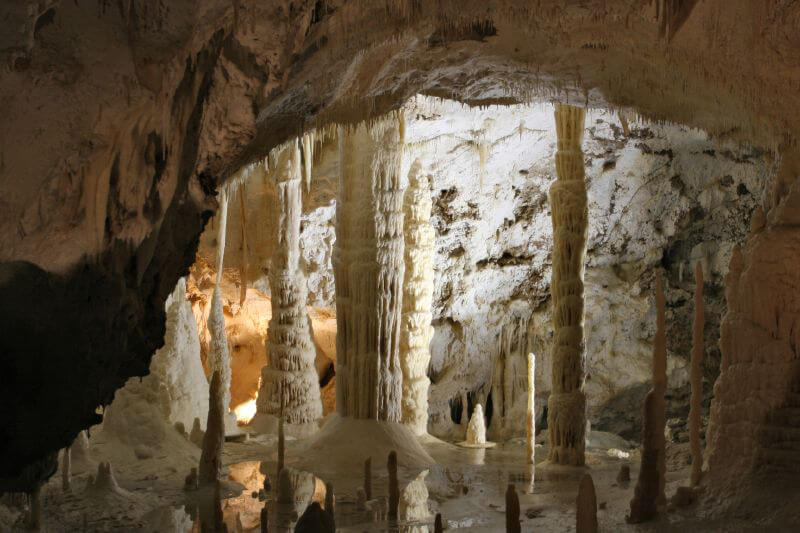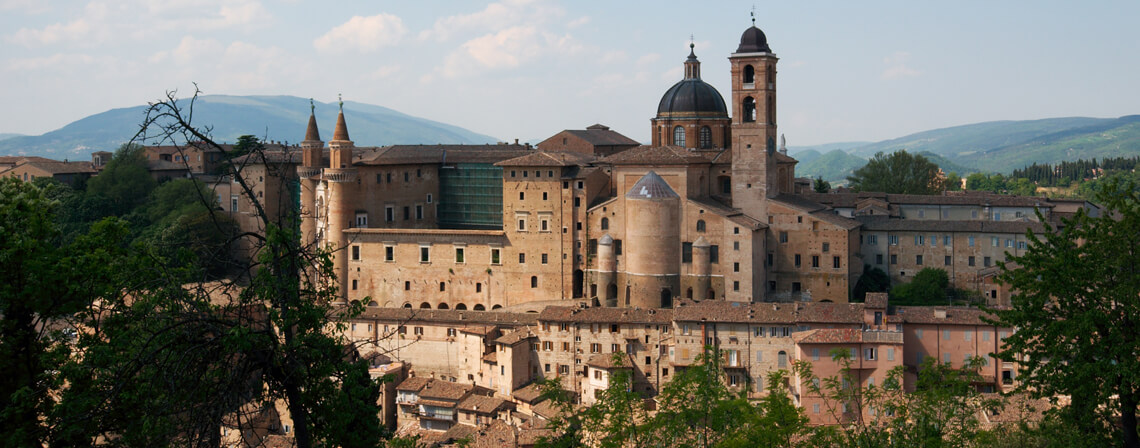Italy’s iconic beauty is definitely present in its spectacular landscapes. From the vineyards, to the mountains, to the seas, there is so much upon which to feast the eyes.

Karst Caves
However, there is a whole world in Italy that is not so easily seen, yet is every bit as breathtaking. I’m talking about the Karst caves – magnificent underground rooms formed when water runs over soft rock such as limestone, and the acid in the water eats away the limestone, making a hole that gets increasingly bigger.
On our MP TOURS trip to Le Marche we visit the Grotte di Frasassi (Frasassi Caves) located in Genga, a medieval walled village in the Appenine hills.
Grotte di Frasassi
The Frasassi caves were discovered by a group of speleologists (cave experts) in 1971 and are an intricate labyrinth that extends for about 40 kilometers underground. On our 1.5 hour guided tour, we explore 2 km of the caves. The tour includes the Grotta Grande del Vento (Big Wind Cave), which is big enough to fit the Milan cathedral. Its enormity is shockingly spectacular!
A highlight of the cave visit is the hundreds of stalactites (from the ceiling) and stalagmites (from the ground) formed over 200 million years by the slow work of water meeting rock. With imagination, one can see why the formations have been given names, such as waterfalls, birthday candles, giants and organ pipes.

An Extraterrestrial Link
The cave is also home to bats, and cave salamanders, along with ancient sea life. I recently discovered that the caves may be of great help in understanding life on Mars. This article featuring the Karst caves describes their importance.
Above around or underground, Italy never fails to delight the curious traveler. You can explore the caves virtually by going here. Next, we invite you to come along with us to experience the Grotte di Frasassi and the Karst caves in person!




